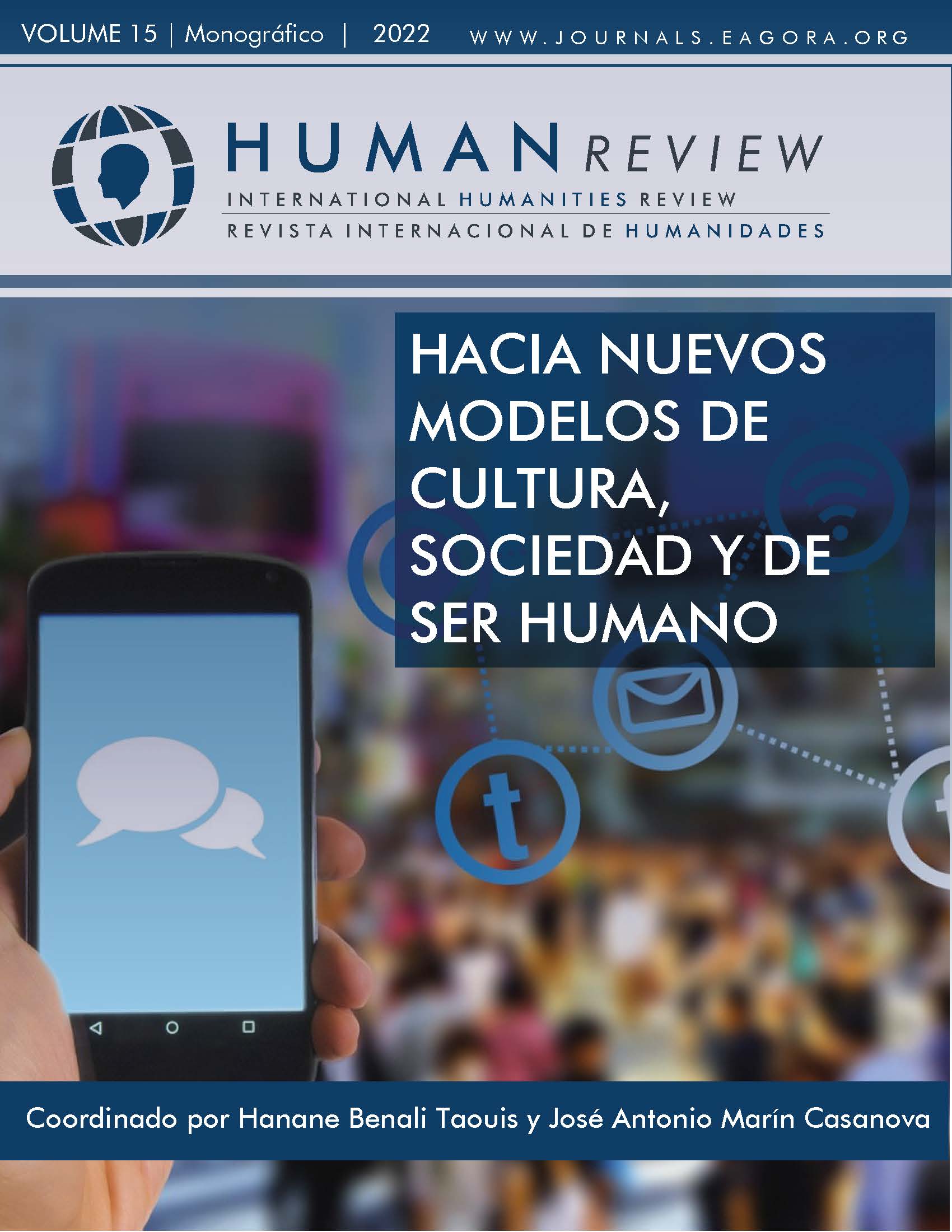Communication as a social innovation strategy
Comunicar la innovación social
Keywords:
Communication, Social Innovation, Organizations, Strategy, Positioning, Society, CommunityAbstract
The article seeks to reveal as a result the role of social innovation communication in user behavior, if the user’s intention to consume a product or service changes when he/she knows that the company offering the good or service has implemented a social innovation practice. In order to respond to this objective, two hypotheses were formulated and tested through the application of a survey based on a convenience sample, which collected 300 responses throughout Latin America. The results obtained suggest that consumers in Latin America, in general, not only want to have more information available and accessible (both in terms of media accessibility and language), but also want to get involved, be heard, and be able to intervene in the community either on their own initiative or encouraged by brands and companies in general.
References
Bloomberg. (s/f). Bloomberg.com. Recuperado el 17 de mayo de 2022, de https://bloom.bg/3IPIBFb
Charter, M., & Polonsky, M.J. (1999). Greener Marketing: A Global Perspective on Greening Marketing Practice. Greenleaf Publishing, Sheffield.
Cohen, W. M., y Levinthal, D. (1990). “Absorptive capacity: A new perspective on learning and innovation”. En Administrative Science Quarterly, 35(1), p. 128-152.
El Caribe, C. E. P. A. L. y. (s/f). Innovación social. Cepal.org. Recuperado el 19 de junio de 2022, de https://bit.ly/3B0B3gW
Ellis, P.D. (2011) Social Ties and International Entrepreneurship: Opportunities and Constraints Affecting Firm Internationalization. Journal of International Business Studies, 42, 99-127.
https://doi.org/10.1057/jibs.2010.20
Heberlê, Antônio. (2013). A comunicação social como fator de desenvolvimento. In Workshop Comunicação para odesenvolvimento na pesquisa e na extensão rural, com o uso de rádio e TV.
Kim, S., Kim, S. Y., & Sung, K. (2014). Fortune 100 companies’ Facebook strategies: Corporate ability versus social responsibility. Journal of Communication Management, 18, 343-362. https://doi.org/10.1108/JCOM-01-2012-0006
Kotler, P., & Keller, K. (2006). Marketing Management (2ª ed.). Prentice Hall, Upper Saddle River.
Lewis, S. (2001). Measuring corporate reputation. Corporate Communications: An International Journal, 6(1), 31-35.https://doi.org/10.1108/13563280110381198.
Maignan, I., & Ferrell, O. (2004). Corporate Social Responsibility and Marketing: An Integrative Framework. Journal of the Academy of Marketing Science, 32. 3-19. https://doi.org/10.1177/0092070303258971.
Mark-Herbert, C., & Schantz, C. (2007). Communicating Corporate Social Responsibility – Brand management. Electronic Journal of Business Ethics and Organization Studies, 12.
McShane, S.L. & Von Glinow, M.A. (2003). Organizational Behaviour. International Edition, McGraw-Hill Education.
Morsing, M., & Schultz, M. (2006). Corporate social responsibility communication: stakeholder information, response and involvement strategies. Business ethics: A European review, 15(4), 323-338.
Saul, J. (2011). The End of Fundraising. Raise More Money by Selling Your Impact. Jossey-Bass.
Sharp, Z., & Zaidman, N. (2010). Strategization of CSR. Journal of Business Ethics, 93(1), 51–71. http://www.jstor.org/stable/40605328
Trias de Bes, F. K. (2011). Innovar para ganar: el modelo A-F. Barcelona: Ediciones Urano
Vanhamme, J., & Grobben, B. (2009). “Too Good to be True!”. The Effectiveness of CSR History in Countering Negative Publicity. Journal of Business Ethics, Springer, 85(2), 273-283.
Zeithaml, V. (1988). Consumer Perceptions of Price, Quality and Value: A Means-End Model and Synthesis of Evidence. Journal of Marketing, 52, 2-22. https://doi.org/10.1177/002224298805200302.
Downloads
Published
Issue
Section
License
All articles are published under an Attribution-NoDerivatives 4.0 International (CC BY-ND 4.0) license. Authors retain copyright over their work.

